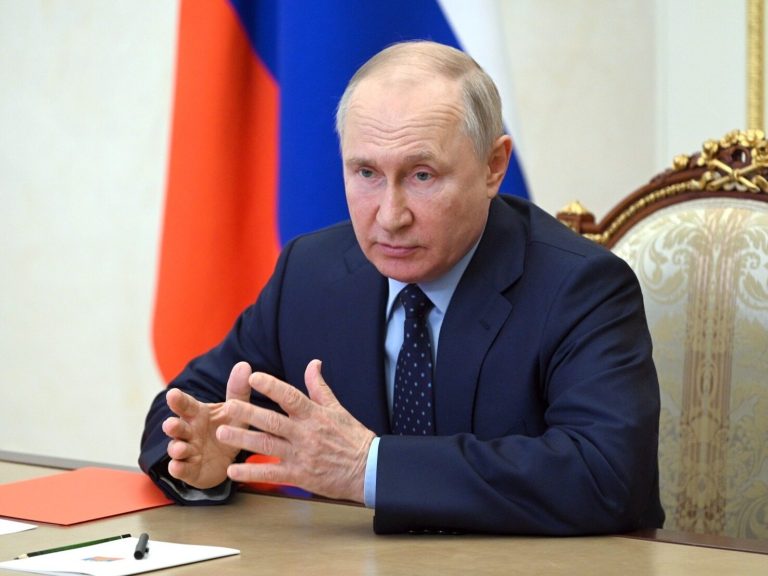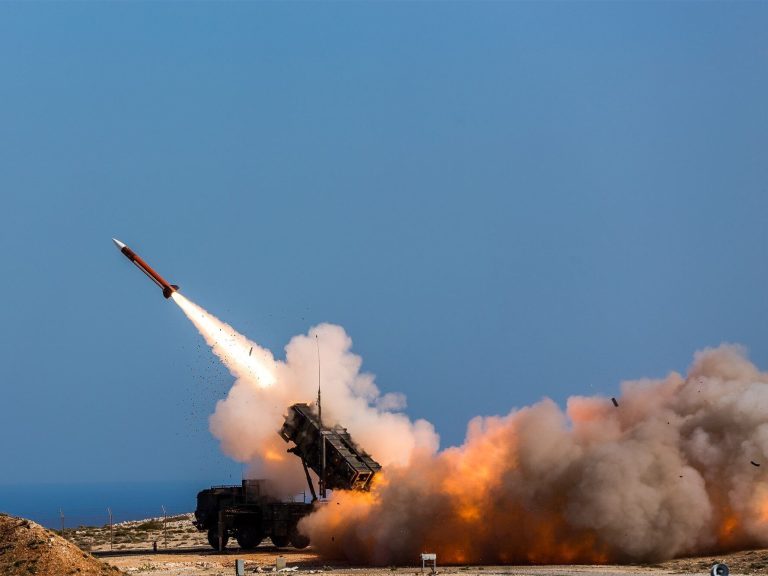Big changes in heating. “We think realistically and boldly”

During this year's European Economic Congress, the following topics were discussed: on decarbonization in the systematic heating sector. Achieving climate neutrality is quite a challenge.
In 2050, the heating sector is to achieve climate neutrality, which, considering the current situation, is a big challenge and involves huge expenditure. The costs of transformation until 2040 are, depending on the scenario, between PLN 276 and 418 billion. The panel devoted to the challenges related to decarbonization in the heating sector was attended by: Piotr Górnik, president of the management board of Fortum Power and Heat Polska Sp. z o. o., Jörn-Erik Mantz, member of the management board of E.ON Polska SA Energy Infrastructure Solutions, Mariusz Michałek, vice-president of PGE Energia Ciepła SA, Anna Mielcarek, director, Department of Electricity and Heat Markets of the Energy Regulatory Office, Krzysztof Skowroński, director of the Department of Heat Transformation National Energy Conservation Agency SA, Marcin Staniszewski, president of the management board of TAURON Ciepło Sp. z o. o., Jacek Szymczak, president of the management board of the Chamber of Commerce for Polish Heating and Krzysztof Zamasz, president of the management board, Veolia Energy Contracting Poland.
Decarbonization in heating
In their speeches, the panelists emphasized that the decarbonization process must be carried out through evolution, not revolution, so that heat prices do not scare away customers.
– At Fortum, we think about transformation in a realistic and bold way. This courage is something that the heating industry needs today. In our opinion, the target model for decarbonization of district heating is its electrification. But we also have to take local conditions into account. We have two modern heat and power plants in Poland, one is five and the other fifteen years old, so it is difficult to think that we will write them down and say that we do not burn anything in them. We replace coal with biomass and alternative fuels, said Piotr Górnik.
– The offers we receive are twice as high as we expected in 2021, so we have to recalculate our model of moving away from coal to maintain attractive prices for our customers.
Gas as a substitute fuel
Many heat producers, moving away from burning coal, decide to switch to natural gas. It is a fossil fuel, but its combustion does not emit greenhouse gases into the atmosphere. However, most people treat it as a transition fuel to enable climate neutrality before switching 100% to alternative fuels.
– Of course, we are moving away from coal, we are aware that without gas we will not be able to move to zero-emission heat production. We have no other fuel that we can convert into gigajoules. We treat gas as a transition fuel that will allow us to achieve net zero emissions by 2050. Of course, we hope that in the next step we will be able to blend this gas with hydrogen or biogas, said Mariusz Michałek.
– We also see the need to use gas as a transition fuel, especially in these large heating units. However, when designing new heating installations, we focus on heat pumps, said Piotr Górnik.
Network performance
The panelists drew attention to the need to improve the efficiency of heating installations to reduce energy consumption.
– When talking about the electrification of heating, it is impossible not to make a certain balance. In heating, we currently have over 53 gigawatts of power. If we wanted to replace it 1:1 with electricity, this option cannot be considered at all. We have made some analysis, which shows that the peak power should be approximately 40 megawatts. This is also unacceptable. However, if we followed the right path, i.e. first reduced consumption and used innovative technologies, it seems that 5 gigawatts for heating could be enough. And this is something we can think about, said Piotr Górnik.






